Google LLC v. DRS Logistics (P) Ltd. 2023 SCC OnLine Del 4809:
FACTS
DRS Logistics (P) Ltd. (DRS) is a company that provides carriage for goods, passengers, merchandise, etc.Google LLC (Google) is a technology company that provides a variety of online services, including a search engine.
DRS alleged that Google was using its trademark, “DRS Logistics”, as a keyword in its Google Ads Programme. This meant that when someone searched for “DRS Logistics” on Google, Google would display advertisements for Google’s products and services, even though DRS was not affiliated with Google. DRS claimed that this was infringing its trademark rights and was also causing confusion among consumers.
ISSUES:
- Whether Google’s use of DRS’s trademark as a keyword in its Google Ads Programme amounted to trademark infringement.
- Whether Google was entitled to the safe harbour provision under Section 79 of the Information Technology Act, 2000 (IT Act).
JUDGEMENT DELIVERED:
The Division Bench of the Delhi High Court held that Google’s use of DRS’s trademark as a keyword in its Google Ads Programme did amount to trademark infringement.The Court held that the use of a trademark as a keyword in a search engine is a form of “use in advertising” under the Trade Marks Act, 1999 (TM Act). This is because the use of the trademark is intended to attract consumers to the advertiser’s products or services.
Google is a search engine and uses advertisements as a means to engage people and provide them with the required information. However, it is important to administer whether the use of these advertisements are in adherence to the Intellectual Property rights of an individual. The judgement delivered by the Hon’ble Delhi High Court makes it clear that the use of third party trademarks as keywords by search engines amounts to ‘use’ and infringement of trademarks.
When an individual searches for a product on a search engine like Google or any other search engines, there are generally two types of results that are displayed – the first being the actual product searched and the second will be a sponsored link of the respective product along with its URL. This happens due to Google’s Ad Word Programme.
Infringement occurs when a third party uses a registered trademark of some other party to advertise its own goods and services, thus affecting the business of the original owner of the trademark.
Therefore, with regards to the first issue, the Hon’ble Delhi High Court held that the use of trademarks even as a keyword in an Ads programme by Google amounts to the use of trademarks in advertising as per Section 29 of the Trademarks Act, 1999.
In the present case, Google had contended that it acted as an intermediary and just acted as an advertising platform, thus, they are protected under Section 79 of the Information Technology Act, 2000. This section protects intermediaries for being liable for the infringement of third party trademarks or any other contents made available on their platforms.
Dealing with the second issue, the Court also held that Google was not entitled to the safe harbour provision under Section 79 of the Information Technology Act, 2000. Google was not merely providing a platform for others to advertise; it was actively using DRS’s trademark to generate traffic to its own website.
KS&CO’S COMMENTS :
The judgment in Google LLC v. DRS Logistics (P) Ltd. is a significant victory for trademark owners. It clarifies that the use of a trademark as a keyword in a search engine can amount to trademark infringement, even when the advertiser is not directly selling the goods or services associated with the trademark. This is because from the fact that the use of the trademark is designed to attract consumers to the advertiser’s products or services and the search engine platform i.e Google did not have permission of DRS Logistics (P) Ltd. who was the Trademark owner.
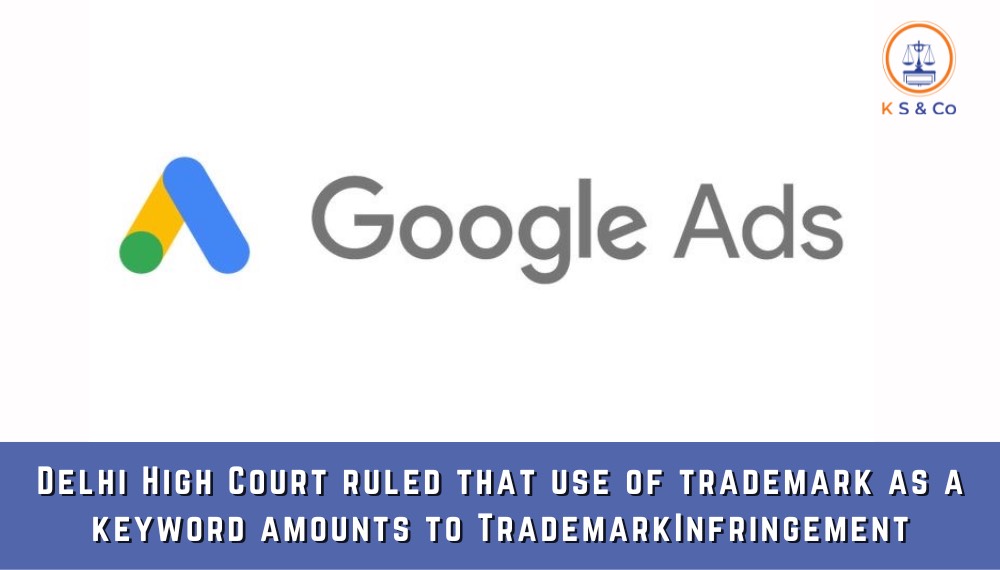
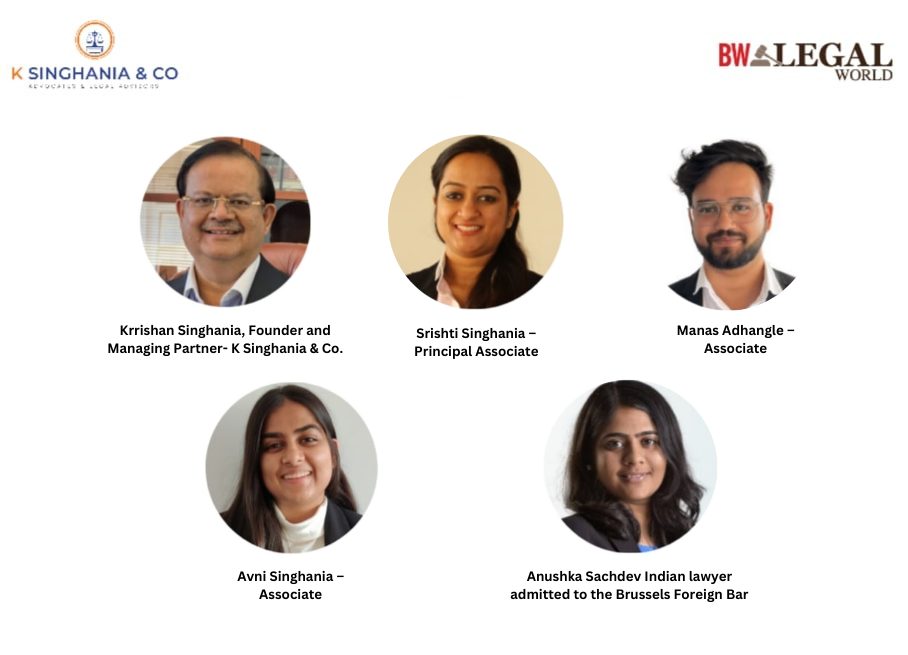
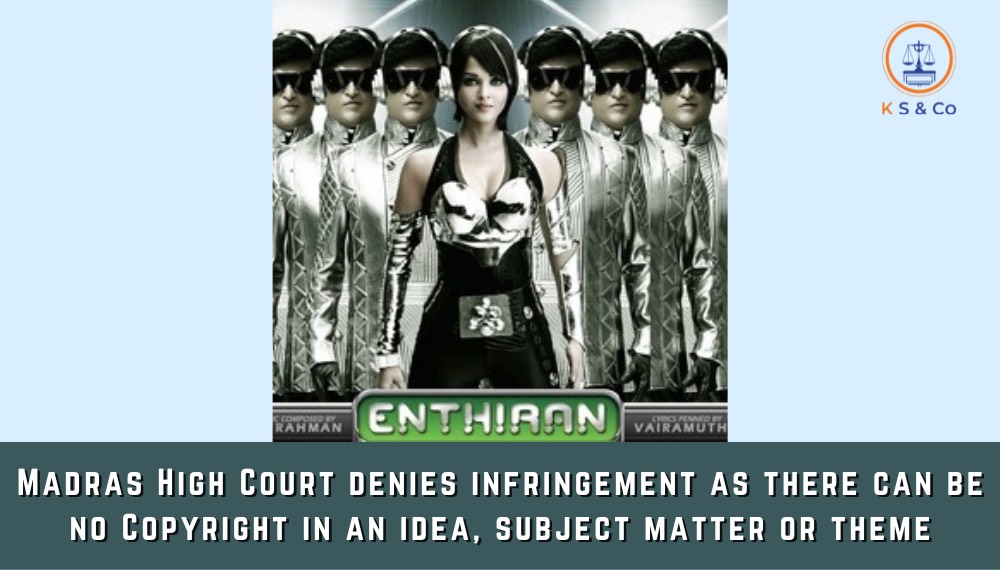
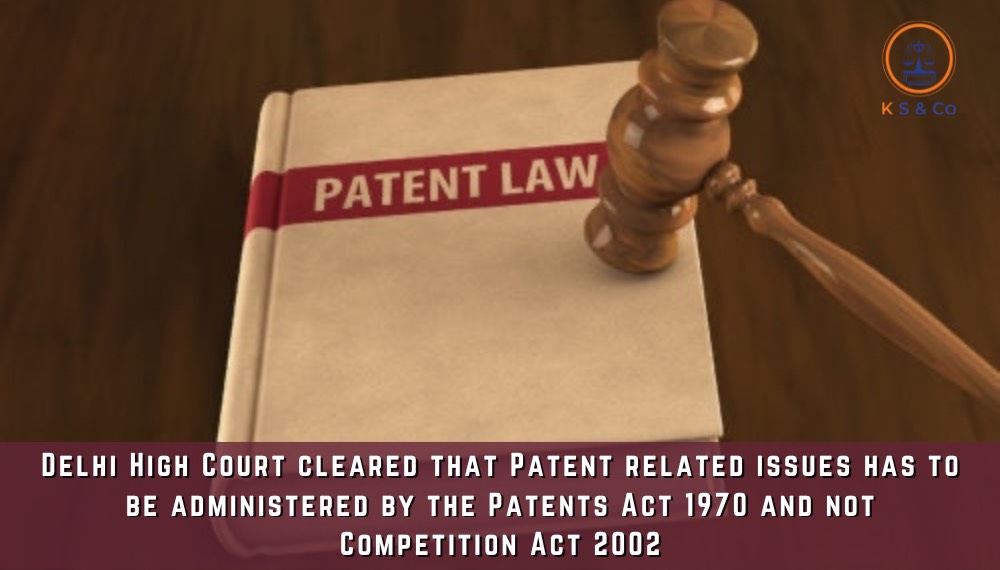
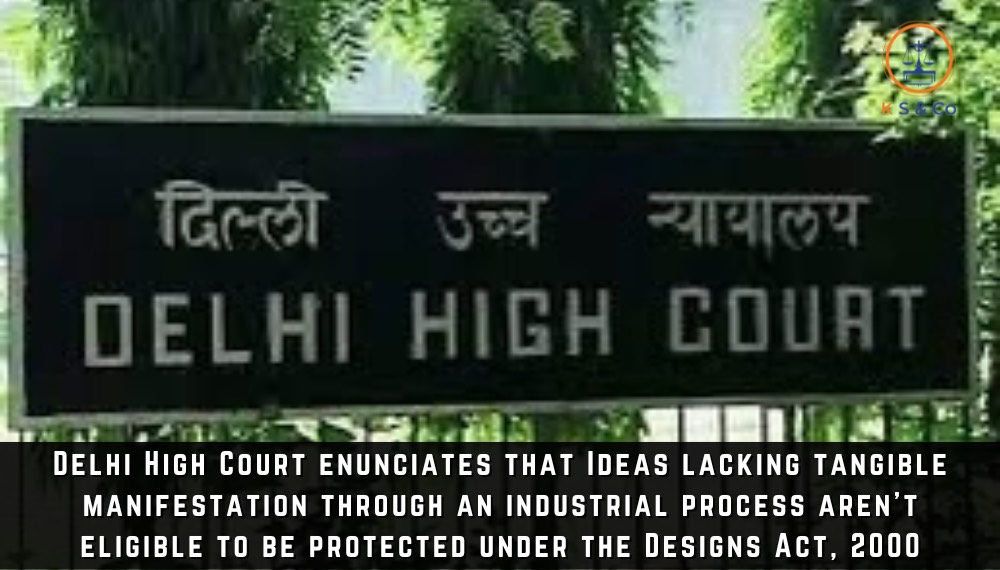


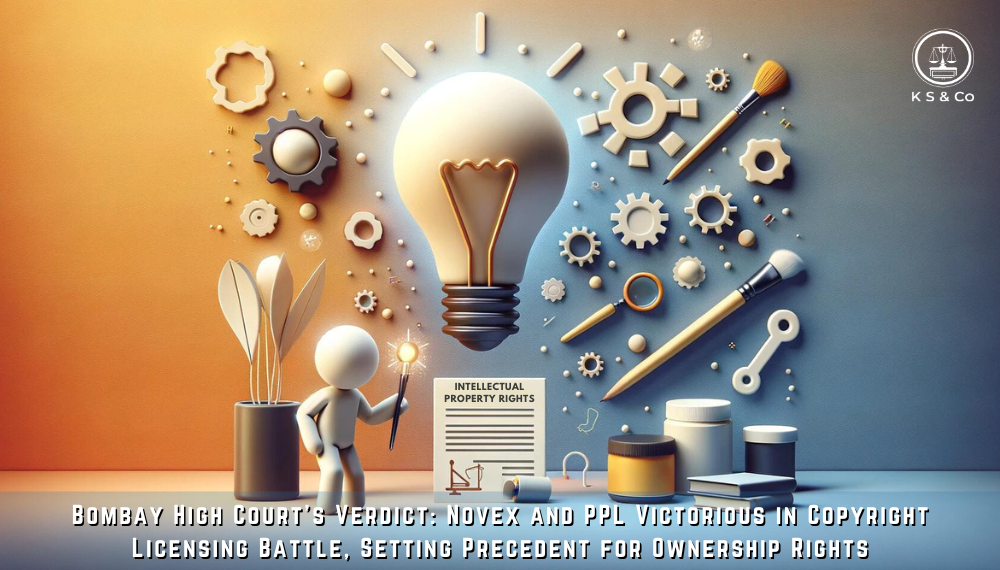
Leave a Reply